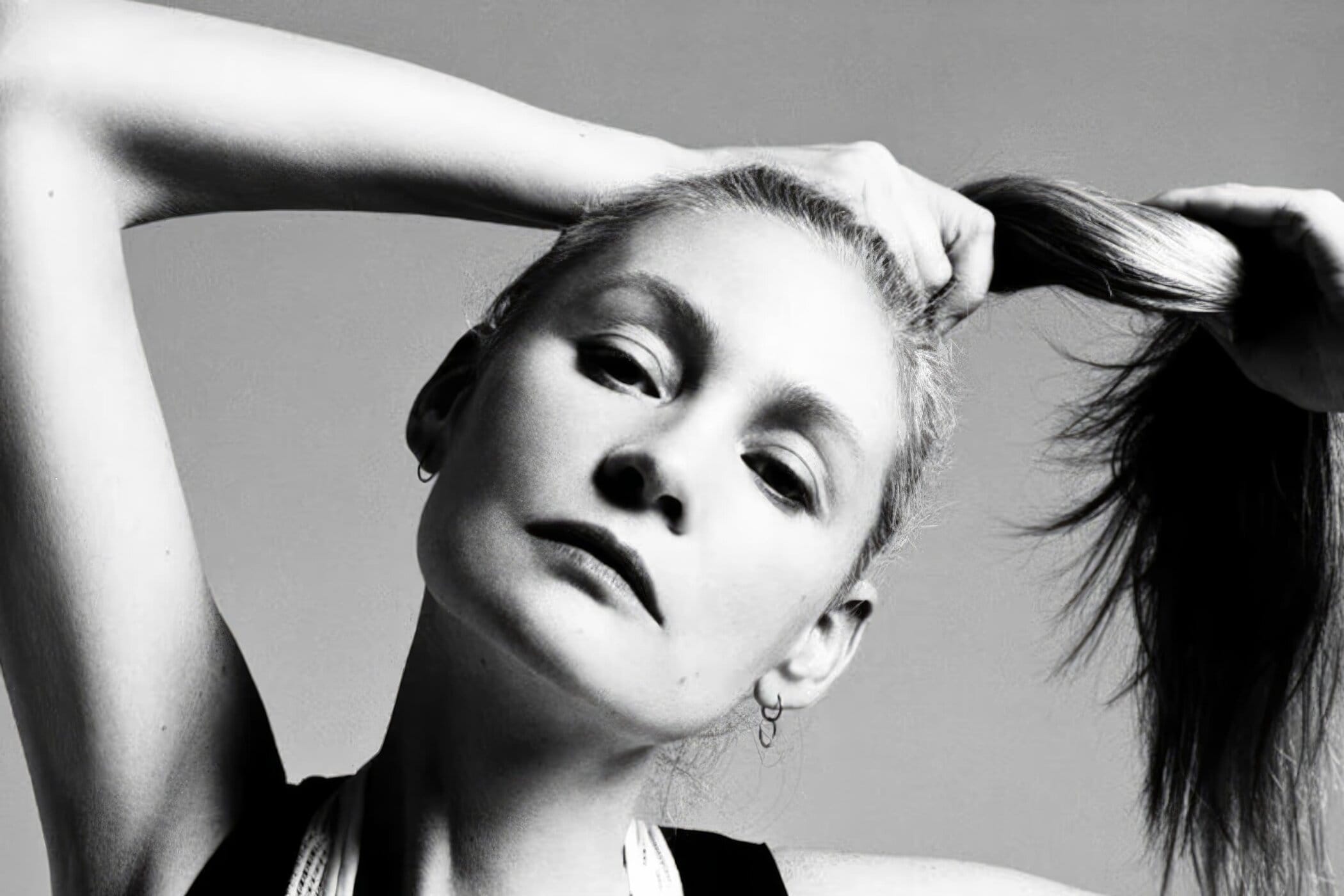The Helmut Lang Muse And Harper’s Bazaar Editor Helped Define The Visual Language Of The 1990S And Mentored Generations Of Fashion Image-Makers
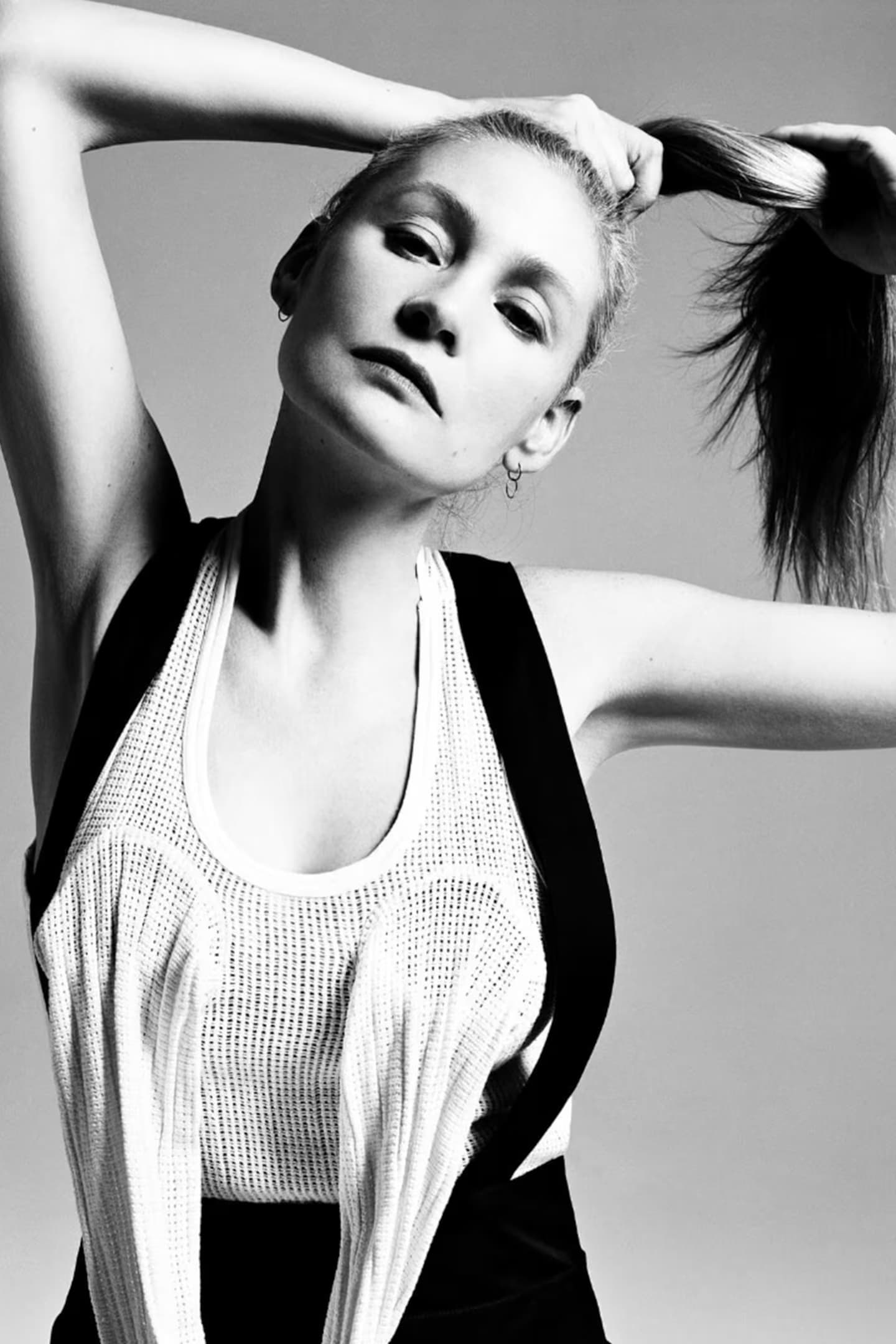
Melanie Ward, the stylist, fashion editor, and creative collaborator who helped shape fashion’s modern visual language, has died following a battle with cancer. She was 57. The news was confirmed on Wednesday via her official Instagram account.
Ward was part of a radical generation of British creatives who emerged from the margins of late 1980s London and, in the decades that followed, reshaped the global fashion industry from the inside. Her early work with photographers including David Sims, Corinne Day, and Nigel Shafran gave rise to a new kind of image-making—one that valued realism, intimacy, and emotional nuance over perfection or polish.
That approach would eventually become synonymous with what came to be called “grunge,” but at the time, it was more a reaction to the rigid glamour of 1980s fashion—a recalibration of authenticity in both styling and storytelling.
Born and raised in London, Ward studied political science and linguistics at the University of London before pursuing fashion design at Central Saint Martins, where she graduated with the Best Daywear Award. Her entry into the industry came not through corporate ladders, but through underground magazines, street casting, and a growing circle of photographers, musicians, and creatives disillusioned with fashion’s conventions.
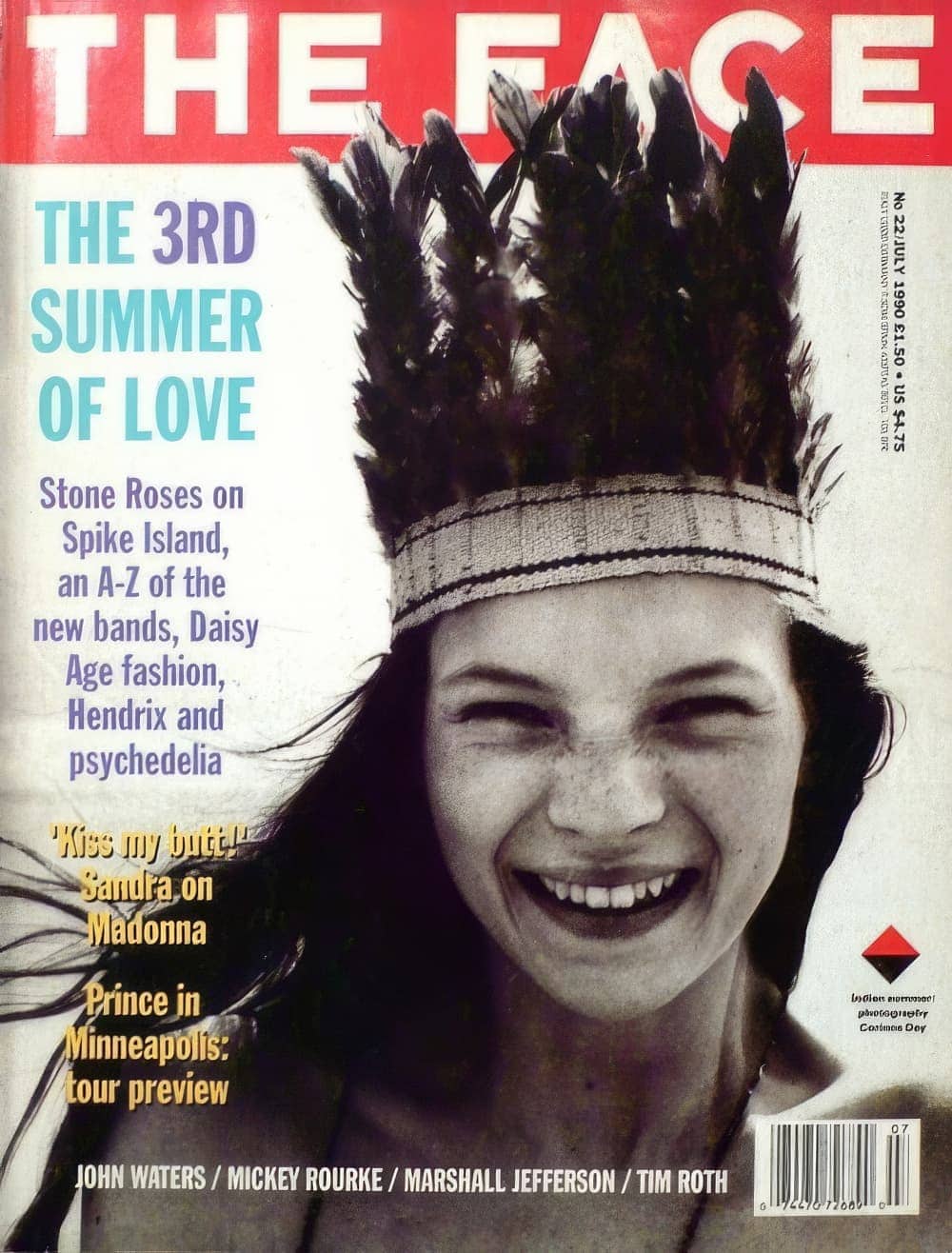
Her breakout moment came in July 1990 with The Face’s “Summer of Love” issue, which featured a then-15-year-old Kate Moss photographed by Corinne Day. The shoot marked the beginning of Moss’s career and a major pivot point in fashion editorial. “I didn’t really know what a stylist was until seeing that shoot,” wrote Perfect founder Katie Grand. “It made me realize I wanted to be just like her.”
Ward’s irreverent style—at once emotionally sharp and visually disobedient—helped define a new era of fashion minimalism that resonated deeply with younger audiences. She was known for dressing real people in unexpected combinations: department store tailoring cinched with fetishwear accessories, vintage denim slashed and restyled into sharp silhouettes, or luxury outerwear paired with tracksuit bottoms and PVC.
“Personally, I love vintage clothing for its individuality,” she once said. “But you can’t build the future by looking backward—it’s incredibly limiting.”
Ward became a key contributor to the visual identities of brands like Calvin Klein, Jil Sander, and Yohji Yamamoto in the early ’90s. She was closely associated with Helmut Lang, working alongside him for more than fifteen years as muse, collaborator, and creative partner.
In 1995, she moved to New York to join Harper’s Bazaar as senior fashion editor under Liz Tilberis, remaining at the magazine for fourteen years. She also consulted for Karl Lagerfeld from 2005 to 2006. Her freelance work spanned a client list that included Prada, Louis Vuitton, Hermès, Gucci, Fendi, Dior, Chanel, Givenchy, Versace, Lanvin, Apple, Nike, Shiseido, Levi’s, and L’Oréal.
She collaborated with an expansive roster of photographers over the decades—Juergen Teller, Glen Luchford, Mario Sorrenti, Inez and Vinoodh, Willy Vanderperre, Alasdair McLellan—and continued to style campaigns and editorials into the 2020s. Her most recent credited work appeared in the Dior Men’s Fall/Winter 2025 campaign, released in August.
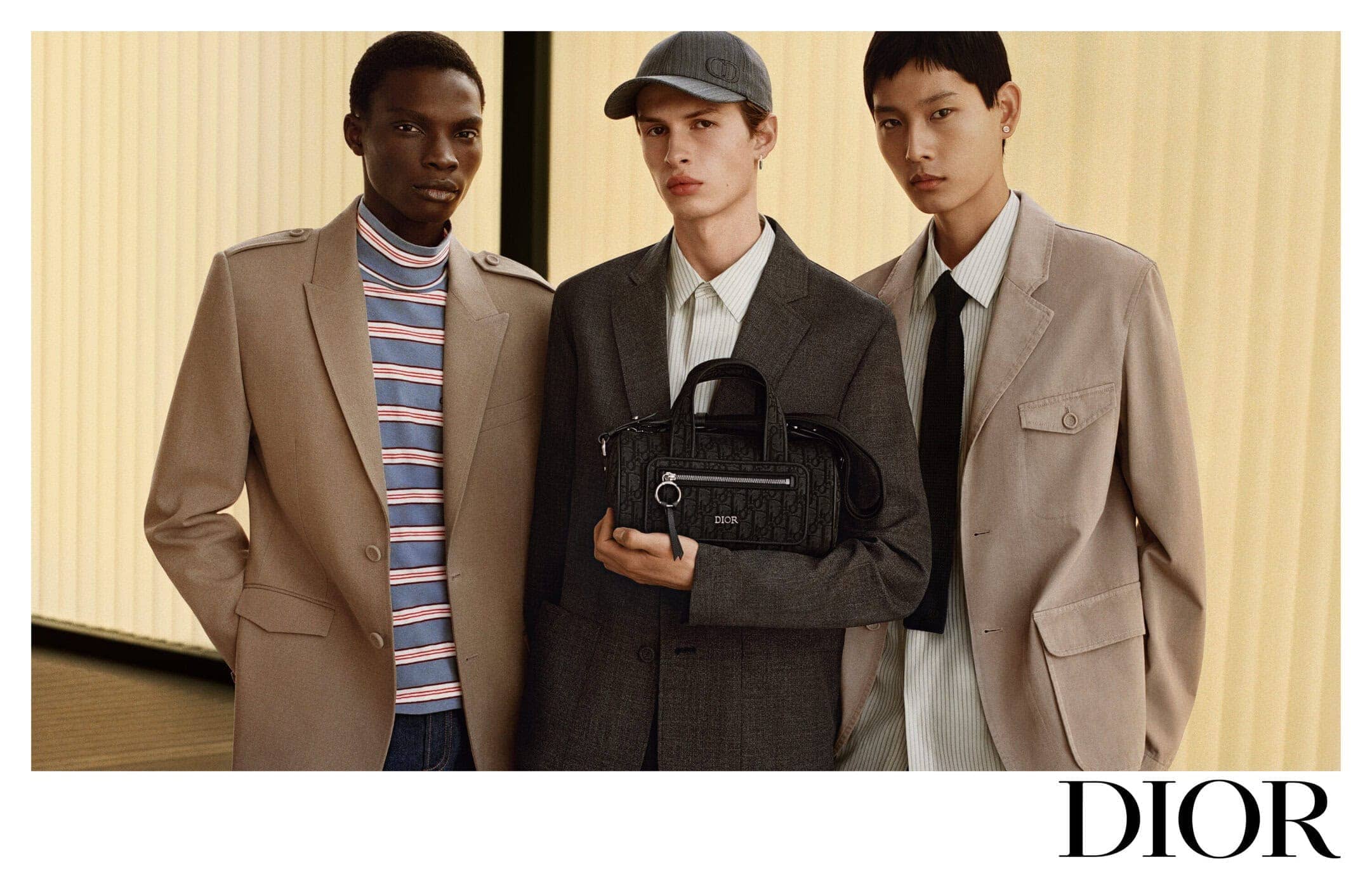
Ward was also outspoken about the evolving role of the stylist—and the limits of how the industry had come to understand creative contribution. “The fashion world often calls in stylists today to ‘make look 17 pop,’” she said. “But I always believed the point was to bring something special to the image—not just execute someone else’s plan.”
“I’ve been a creative director, a muse, a stylist—but really I’m more interested in style than trends, because trends are fleeting. If you look back at them, they don’t last.”
Her approach was grounded in tactility, emotion, and subversion. Ward didn’t just style models—she dressed characters. Her work told stories, questioned norms, and asked what clothes could say about the people wearing them. Whether wrapping a pensioner in a leopard-print coat for an editorial with Nigel Shafran or cinching supermarket suiting with fetishwear accessories, Ward never shied away from recontextualizing fashion’s codes.
“She contributed so much to our industry, yet to be recognized properly,” wrote creative director Ronnie Cooke Newhouse. “So much laughter and fun. We met in the early ’90s, and from then on were friends and collaborators. Our last conversation was a few months ago, and we laughed and laughed. I will miss her very much.”
Photographer Mario Sorrenti also shared: “I will miss you very much, brilliant, sweet friend. I will never forget all the funny, good times we had together. And all the hours we spent making pictures. Thank you for being so amazing and so kind!!! Safe travels.”
Ward’s influence transcended titles and runway seasons. She helped unearth a visual and cultural honesty in fashion that continues to echo today, especially in the ongoing tension between luxury and streetwear, craft and instinct, identity and styling.
Her work was never about dictating trends. It was about opening possibilities.
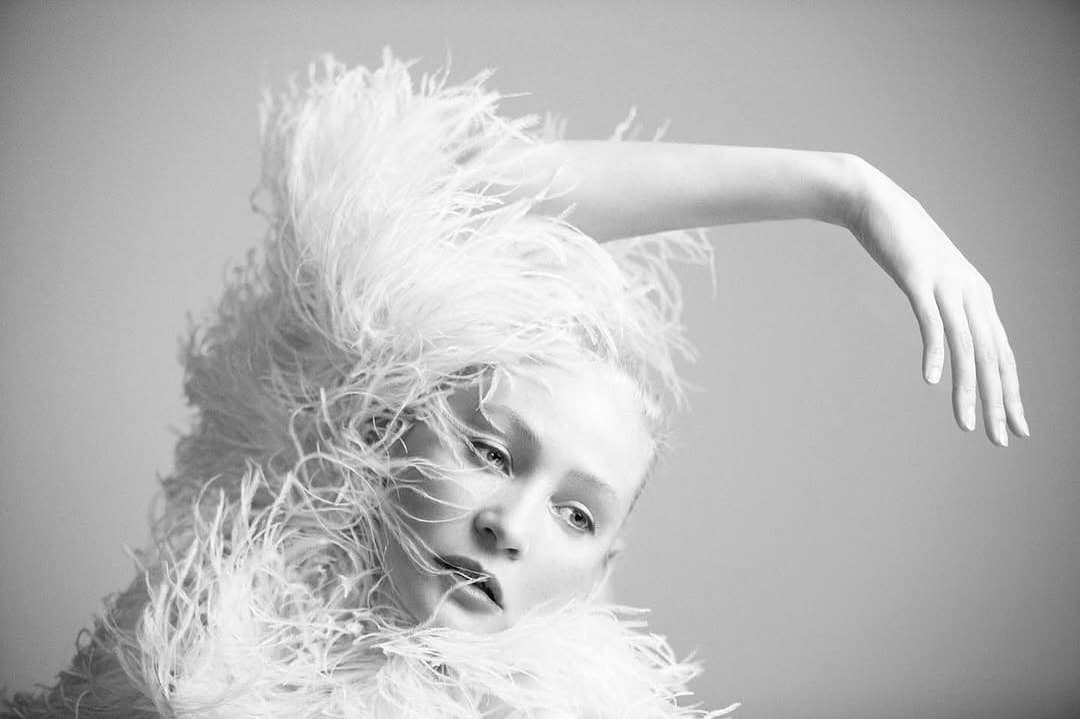
“She was a pioneer of anti-fashion before that term had marketing currency,” noted one colleague. “Melanie didn’t follow codes—she created her own.”
Raised in a convent school and educated in politics and linguistics before turning to fashion, Ward brought a uniquely critical eye to her work. Her styling was often described as raw, direct, and intelligent—less about ornamentation than about constructing a new kind of narrative.
And though she rarely sought the spotlight, her fingerprints are all over fashion’s visual evolution—from the rise of Moss to the stripping back of luxury aesthetics in the 1990s, to today’s renewed attention on authenticity and storytelling.
She once described her role not in terms of trend forecasting, but in terms of integrity: “At the end of the day, what matters is that someone walks into a store and finds something they want to wear—something that makes them feel like themselves.”
Melanie Ward is survived by a legacy that continues to shape how the industry dresses, shoots, imagines, and rebels. Her vision was one of clarity, mischief, and immense precision—an editor of not just images, but ideas.
She changed the picture.
